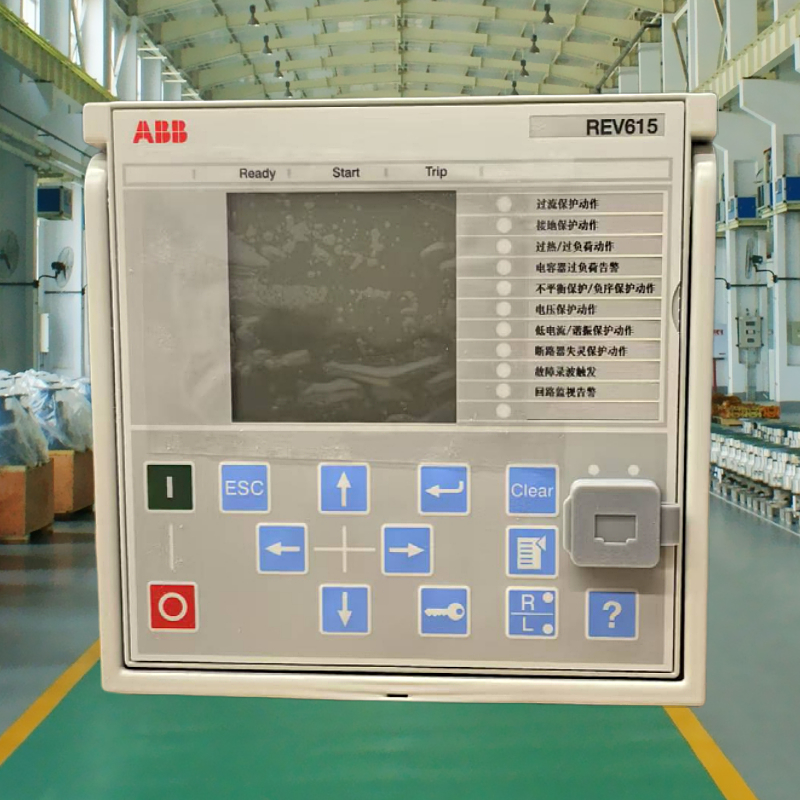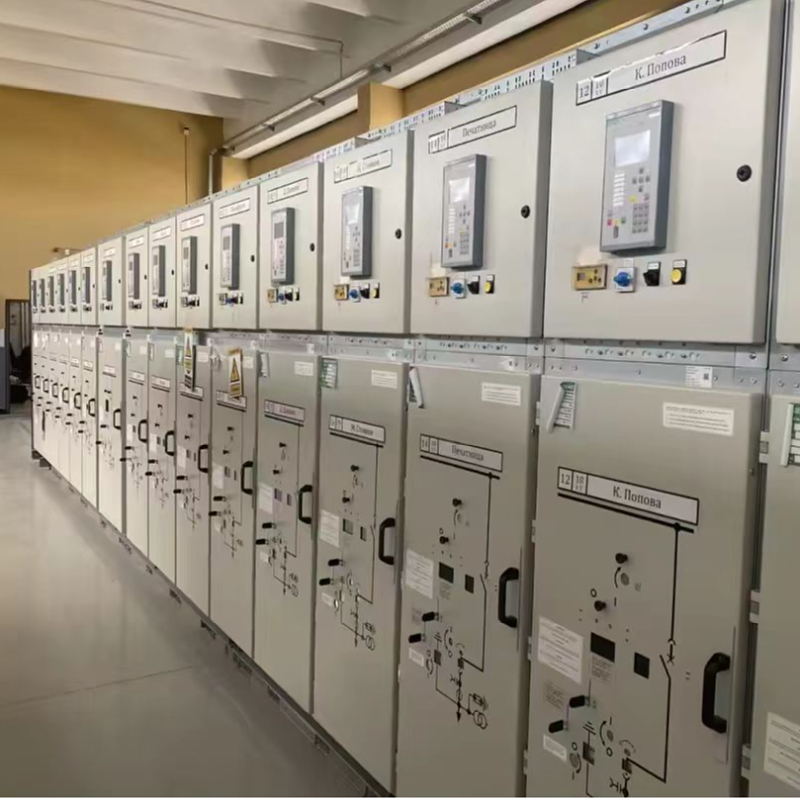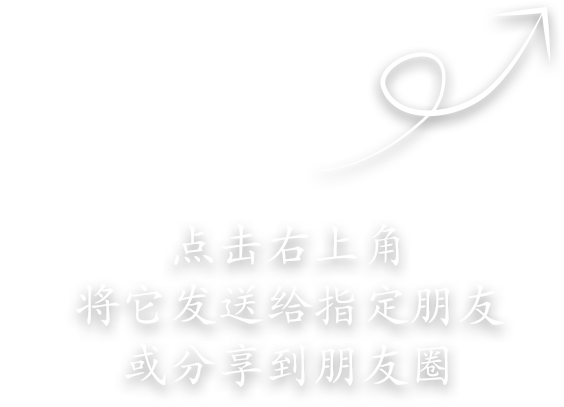Line protection:
1. Overcurrent protection It is common to use current magnitude to detect faults in distribution networks. Faults on the system bring about very high current levels. It is possible to use these currentsto determine the presence of faults and trigger protective devices, which can vary indesign in relation to the complexity and accuracy required. Overcurrent relays are the most common form of protection used to deal withexcessive currents on power systems. They should not be installed purely as ameansof protecting systems against overloads, which are associated with the thermal capacity of machines or lines, since overcurrent protection is primarily intended tooperate only under fault conditions. However, the relay settings selected are often acompromise in order to cope with both overload and overcurrent conditions. Based on the relay operating characteristics, overcurrent relays can be classified into three groups: definite current, definite time and inverse time. The characteristic curves of these three types are shown in the Figures.
1.1 Definite current relays: This type of relays operates instantaneously when the current reaches a predetermined value. The setting is chosen so that, at the substation furthest away from the source, the relay will operate for a low current value and the relay operating currents are progressively increased at each substation, moving towards the source. Thus, the relaywith the lower setting operates first and disconnects load at the point nearest to thefault. This type of protection has the drawback of having little selectivity at high values of short-circuit current. Another disadvantage is the difficulty of distinguishing between the fault current at one point and another when the impedance between these points is small in comparison to the impedance back to the source, leading to the possibility of poor discrimination. Definite current relays are not used as the only overcurrent protection, but their use as an instantaneous unit is common where other types of protection are in use.
1.2 Definite-time relays This type of relay enables the setting to be varied to cope with different levels ofcurrent by using different operating times. The settings can be adjusted in such a waythat the breaker nearest to the fault is tripped in the shortest time and then the remaining breakers are tripped in succession, using longer time delays, moving backtowards the source. The difference between the tripping times for the same current iscalled the discrimination time. Since the operating time for definite time relays can be adjusted in fixed steps, the protection is more selective. The disadvantage with this method of discrimination isthat faults close to the source, which result in bigger currents, may be cleared in arelatively long time. These relays are used a great deal when the source impedance is large compared to that of the power system element being protected, when fault levels at the relay position are similar to those at the end of the protected element .
1.3 Inverse time relays: The fundamental property of inverse time relays is that they operate in a time that is inversely proportional to the fault current. Their advantage over definite time relays isthat, for very high currents, much shorter tripping times can be obtained without riskto the protection selectivity. Inverse time relays are generally classified in accordancewith their characteristic curve, which indicates the speed of operation; based on thisthey are defined as being inverse, very inverse or extremely inverse [1]
1.4 Setting for overcurrent protection: The principles for setting instantaneous units differ relative to the location and on the type of system component being protected. Three groups of component can be defined – lines between substations, distribution lines and transformers [1]. Lines between substations:
The setting of instantaneous units is carried out by taking at least 125% of thesymmetrical root mean square (rms) current for the maximum fault level at the nextsubstation. The procedure must start from the furthest substation, then continued bymoving back towards the source. When the characteristics of two relays cross at a particular system fault level, thus making it difficult to obtain correct coordination, it is necessary to set the instantaneous unit of the relay at the substation which is furthest away from the sourceto such a value that the relay operates for a slightly lower level of current, thusavoiding loss of coordination. The 25% margin avoids overlapping the down-streaminstantaneous unit if a considerable DC component is present. In high voltage systemsoperating at 220 kV or above, a higher value should be used since the X/R ratio becomes larger, as does the DC component. Distribution lines: The setting of the instantaneous elements of relays on distribution lines, which supplyonly pole-mounted MV/LV transformers, is dealt with differently to the previous case, since these lines are at the end of the MV system. They therefore do not have to fulfil the coordination conditions that have to be met by the lines between substations. Therefore, the setting for these units is 50% of the maximum short-circuit current atthe relay location, or between six and ten times the rated current. Transformer units The instantaneous units of the overcurrent relays installed on the primary side of the transformer should be set at a value between 125 and 150 per cent of the fault current existing on the low-voltage side. This value is set higher than the transformermagnetic in rush current when energising the transformer in order to avoid lack ofcoordination. If the instantaneous units of the transformer secondary winding overcurrent protection and the feeder relays are subjected to the same short-circuitlevel, then the transformer instantaneous units need to be overridden to avoid loss ofselectivity. This applies unless there are communication links between these units, which can permit the disabling of the transformer instantaneous overcurrentprotection for faults detected by the feeder instantaneous overcurrent protection.











